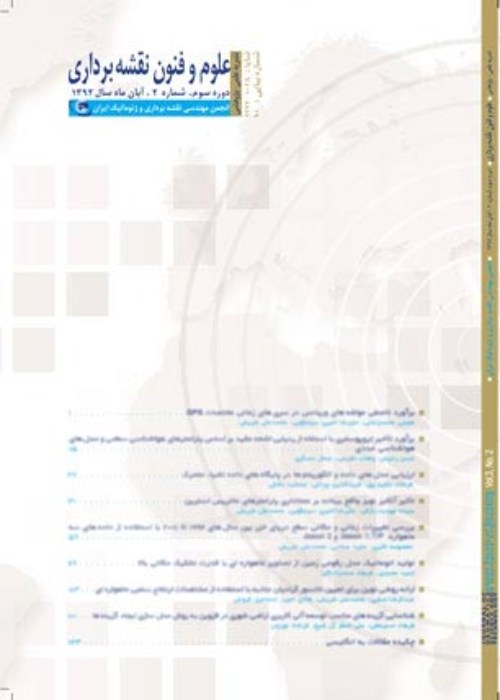A Hybrid Approach to Geospatial Information System and Cluster Analysis to Investigate the Spatial Distribution of Crimes (Case Study: Qazvin City)
The occurrence of crime in society causes insecurity and chaos in people's lives, imposes extensive material and spiritual costs on society, and diverts a lot of time, money, and energy from the country's security agents. Spatial investigation of a crime in the past and predicting the likelihood of its occurrence in the future, or in other words, determining the spatial centers of crime, can help manage crime prevention better or deal with it effectively. Unfortunately, measuring a crisis center is a complex issue. In this regard, many statistical methods can be used to identify crisis hotspots, including cluster analysis. In the present study, for the proper efficiency of such analyzes, with a combined approach of spatial information systems and K-means clustering, the spatial distribution of crime in Qazvin (as a case study) is investigated. Assist in locating crime centers more accurately. The results showed that this combined approach could model the local centers of crime in Qazvin.
- حق عضویت دریافتی صرف حمایت از نشریات عضو و نگهداری، تکمیل و توسعه مگیران میشود.
- پرداخت حق اشتراک و دانلود مقالات اجازه بازنشر آن در سایر رسانههای چاپی و دیجیتال را به کاربر نمیدهد.


